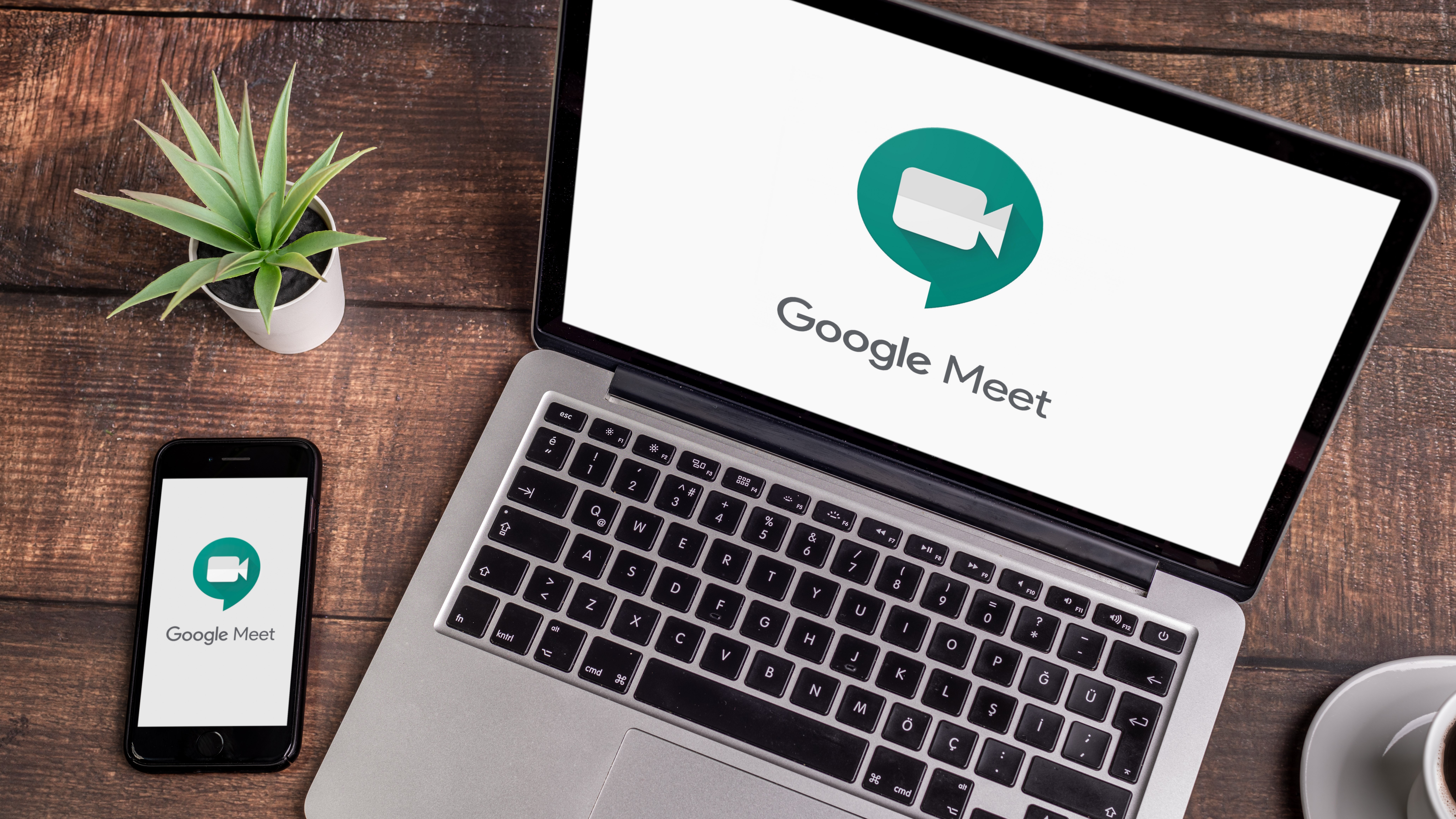Google Meet is coming to your TV
There's no escape from Google Meet video conferencing calls thanks to Chromecast

Remote workers will soon have even less excuses to miss company catch-up calls due to hardware failure as Google Meet is coming to smart TVs.
Google has launched a new update for its video conferencing service that allows Meet calls to be carried out on TV screens and monitors by using Google Chromecast.
The update will allow calls to be cast onto enabled devices, but you'll still need a laptop or computer to host the call in the first place.
- How to use Google Meet - all you need to know
- Here's our list of the best online collaboration tools around
- We've built a list of the best business phone systems available
Chromecast Google Meet
Available to download now, the update also requires the latest version of Chrome on your computing device, as well as the most up-to-date version of Chromecast software.
Once set up, users will see an option to cast the meeting before joining it. You can also switch during a Google Meet call by clicking on the three-dot icon and selecting "Cast this meeting."
Google Meet has emerged as one of the biggest challengers in the video conferencing market as millions of workers around the world are forced to work from home.
The platform has grown steadily over the past few months, with Google regularly updating and expanding the service to keep pace with competitors such as Zoom and Microsoft Teams.
Are you a pro? Subscribe to our newsletter
Sign up to the TechRadar Pro newsletter to get all the top news, opinion, features and guidance your business needs to succeed!
Following an announcement by the company in May, Google Meet is now free to anyone with a Gmail account, and now appears in Gmail windows to make starting a call easier than ever.
Calls are technically limited to one hour, but Google is not set to start enforcing this until the end of September, meaning your meetings can last all day. The expanded tiled layout option now lets web users see up to 16 call participants at once, as opposed to just four. To share higher-quality video content with other callers, users can now choose to present a Chrome tab rather than just presenting their window or the entire screen.
- Check out our list of the best VoIP services out there
Via 9to5Google

Mike Moore is Deputy Editor at TechRadar Pro. He has worked as a B2B and B2C tech journalist for nearly a decade, including at one of the UK's leading national newspapers and fellow Future title ITProPortal, and when he's not keeping track of all the latest enterprise and workplace trends, can most likely be found watching, following or taking part in some kind of sport.